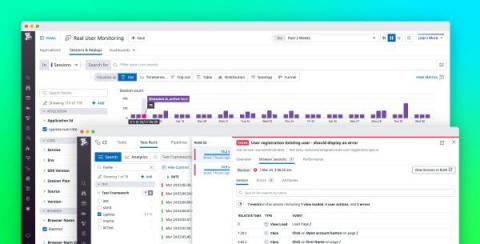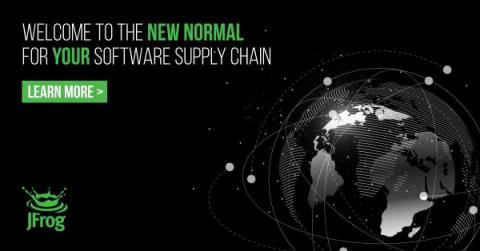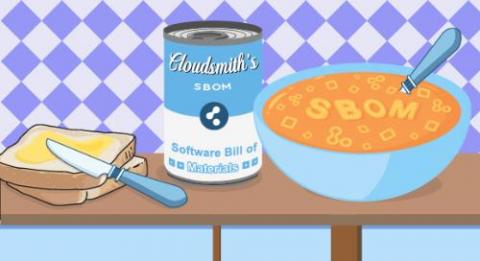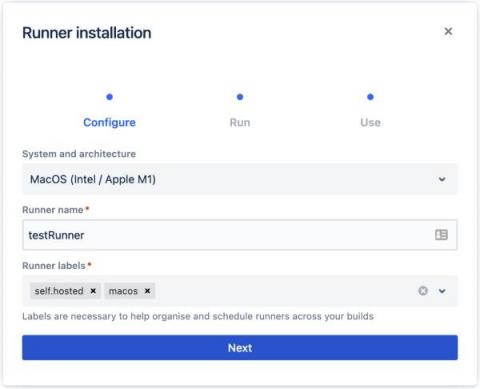GitOps Benefits and Considerations
GitOps. The term appears everywhere, but what are its benefits? And is it as difficult as it sounds? Well, GitOps is a pretty easy paradigm to integrate with your current processes. However, my saying it is “easy” doesn’t help you decide whether you want to adopt it or not. So, let’s talk about it.











